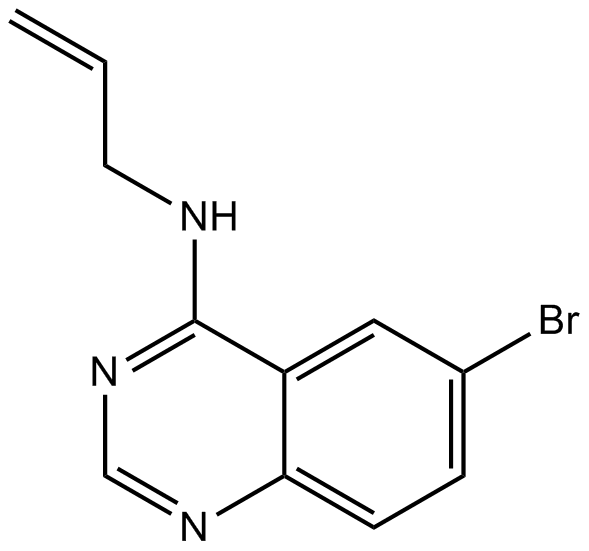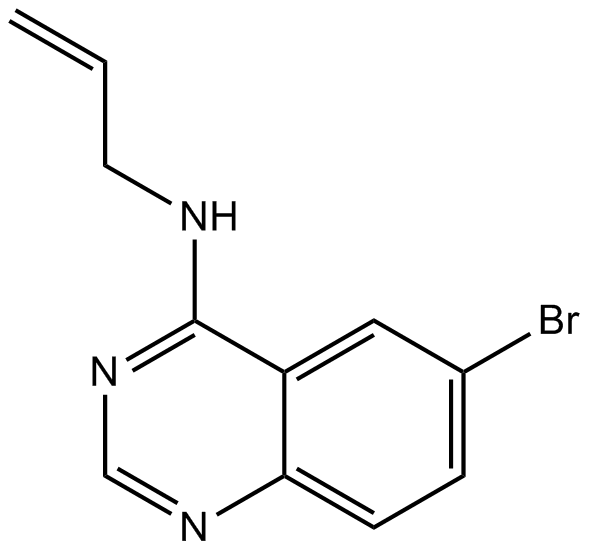SMER 28
IC50: N/A
SMER 28 is a new small-molecule enhancer of the cytostatic effects. The target of rapamycin proteins has been reported to be able to regulate various cellular processes including autophagy, which may play a protective role in some neurodegenerative and infectious diseases.
In vitro: SMER 28 independently induced autophagy of rapamycin in mammalian cells, enhancing the clearance of autophagy substrates such as A53T a-synuclein and mutant huntingtin, which were associated with Huntington’s and Parkinson’s disease. SMER 28, which seemed to act either independently or downstream of the rapamycin target, was found to attenuate the mutant huntingtin-fragment toxicity in Huntington’s disease cells [1].
In vivo: Previous study confirmed that the reduction of EGFP-HDQ74 aggregation occured through autophagy using autophagy-competent mouse embryonic fibroblasts (MEFs) (Atg5+/+). EGFP-HDQ74 aggregation was increased significantly in untreated Atg5-/- (autophagy-deficient) cells when compared with untreated Atg5+/+ cells. SMER 28 reduced EGFP-HDQ74 aggregation in Atg5+/+ cells significantly, but not in Atg5-/- cells). Therefore, SMER 28 could only reduce mutant huntingtin aggregation in autophagy-competent cells [1].
Clinical trial: N/A
Reference:
[1] Sarkar S,Perlstein EO,Imarisio S,Pineau S,Cordenier A,Maglathlin RL,Webster JA,Lewis TA,O'Kane CJ,Schreiber SL,Rubinsztein DC. Small molecules enhance autophagy and reduce toxicity in Huntington's disease models. Nat Chem Biol.2007 Jun;3(6):331-8.
| Physical Appearance | A solid |
| Storage | Store at -20°C |
| M.Wt | 264.12 |
| Cas No. | 307538-42-7 |
| Formula | C11H10BrN3 |
| Solubility | insoluble in EtOH; insoluble in H2O; ≥101.4 mg/mL in DMSO |
| Chemical Name | N-allyl-6-bromoquinazolin-4-amine |
| SDF | Download SDF |
| Canonical SMILES | C=CCNc1ncnc(cc2)c1cc2Br |
| Shipping Condition | Small Molecules with Blue Ice, Modified Nucleotides with Dry Ice. |
| General tips | We do not recommend long-term storage for the solution, please use it up soon. |
Quality Control & MSDS
- View current batch:
Chemical structure









